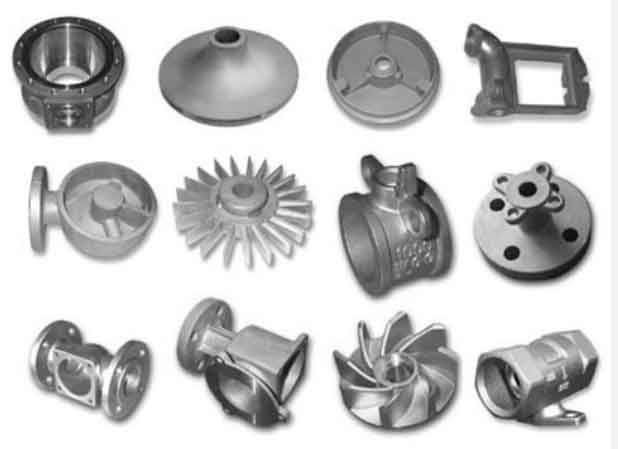Grey cast iron is a versatile and widely used material known for its exceptional strength and durability. It is a type of cast iron that has a graphite microstructure, giving it its characteristic grey color. This graphite formation provides several advantageous properties, making grey cast iron suitable for various applications. Let’s explore its versatility and strength in more detail:

- Strength and Stiffness: Grey cast iron exhibits excellent strength and stiffness, making it capable of withstanding heavy loads and resisting deformation. It has a high compression strength, which means it can endure substantial compressive forces without failing. This property makes it ideal for applications where structural integrity is crucial.
- Wear Resistance: Grey cast iron possesses superior wear resistance due to the presence of graphite flakes. These flakes act as solid lubricants, reducing friction and wear between surfaces. Consequently, it is often used in applications involving sliding or abrasive wear, such as engine components, brake discs, and cylinder liners.
- Damping Capacity: The graphite microstructure in grey cast iron provides excellent damping capacity, making it effective in absorbing and dissipating vibrations and noise. This characteristic is particularly valuable in applications where reducing noise and vibration is essential, such as machine tool bases, engine blocks, and automotive components.
- Machinability: Grey cast iron is known for its good machinability, meaning it can be easily shaped, drilled, and machined into complex components. It has self-lubricating properties due to the graphite content, which assists in chip formation and reduces tool wear during machining operations. This makes grey cast iron a preferred material for manufacturing engine blocks, cylinder heads, and other intricate parts.
- Thermal Conductivity: Grey cast iron exhibits excellent thermal conductivity, allowing it to dissipate heat effectively. This property makes it suitable for applications that involve heat transfer and thermal stability, such as engine components, cookware, and heat exchangers.
- Cost-effectiveness: Grey cast iron is relatively inexpensive compared to other engineering materials like steel or aluminum alloys. It is readily available and has a low material cost, making it a cost-effective choice for a wide range of applications.
Despite its many advantages, grey cast iron does have some limitations. It is brittle compared to other materials, which means it may fracture under tensile stress. It is also susceptible to corrosion if not adequately protected. However, through proper design and surface treatments, these limitations can often be mitigated, allowing grey cast iron to perform exceptionally well in numerous industrial sectors.
